The last post had parts that are already familiar. Sometimes a pinion becomes evident such as by posting the dominant tetragram. Some parts are redundant, because we already found this collated by Person with Bow on the first page.
They also do what appears to be the Mohenjo daro Table of Contents and the Chanhu daro engorgement of those contents.
The post shows the tetragram as interested in three kinds of Fish, and then Person with Bow "enumerates" the two marked ones. Moreover, in other areas they are involved with Fish families overall. The "table of contents" is certainly interested in three kinds of fish. On M-41, they have three marked fish.
Correspondingly, they also use the dominant trigram one time in an interesting manner. It uses Inverted Tau 257, which we think might be accession of a Gharial. And so this glyph has only one other existence, built as a prefix, on a Harappan Unicorn, and then, as the prefix making a statement with Whiskered Fish, Dotted Fish, and the trigram on a Mohenjo daro Unicorn. It's Text 1065 and I cannot figure out what seal it comes from. The text shows up in the concordance in the previous post.
This is intriguing, because 257 may be a rotated Gharial but it is what Tiger faces on its Two Bearers of Striped Mountain text.
That also has a round Wheel.
As is obvious from the infographics, the Wheel is quite common as a prefix.
However it probably qualifies as a pre-script entity.
It is the glyph of Contest Heroine, which, by most standards, places IVC script at par with "full" mythologies.
It is worth considering whether it represents a level of public literacy, as up to four wheels can be found on Dholavira Signboard. It may also signify something to be between Wheels such as Bird-face Goddess also does; Unicorn M-634 has her between Wheels, there is a third Wheel, and X under Sky.
The use of the "pair of Wheels" is one of the main arguments against the script being discrete "words", and, as a spectator, to me it looks like it means two different "Wheels".
The examples of paired "Wheels" are:
B-1 Unicorn, L-217 (tablet with Person over animal procession), H-176, M-111 (unicorn with "quadruped rudiment" text), M-1384
The application of them is heavily restricted; pursuing the small number of uses, we find it consists of partial copies of Dholavira Signboard including M-1384:
The "copies" share two additional glyphs, "Mallet" and Branch with Chevron. It even proceeds to inscribed objects.
Chanhu-daro, Pl. LXXIV & Mohenjo-daro: copper and bronze tools and utensils (an inscription line mirrored on a zebu seal)
applies to the first one of these with two Wheels:
The repetitive statement uses some quite basic glyphs.
The Chevron -- found as a pair in the Copper Tablets "diploma" -- in its own texts also deals with two pairs:
Chevron 134 uses the power of Striped "Mallet" to move Branch with Chevron into the lead position in order to double the Wheel, on Mohenjo Daro Bull and tools.
It has the largest/most powerful text of ")(" which is with Bird-face Goddess and two Grids.
So, we see this common text with something as simple as plain Lozenge, which certainly points in the direction of some amount of "public literacy", and if so then we would have to delineate "two kinds of Wheel".
There seems to be Unicorn M-633 with a lowered arch and perhaps "Rainy Wheel"; cf. M-1005.
Wheel is present with the Bull and Elephant, and annexed by Tiger; so, it will not be as simple as merely assigning two animals. Even worse, it could mean two kinds of things having six aspects, like a Hydra and a Tiger Chimera, Scorpion or Gharial, or six kinds of Fish, or Branch enumeration by Six, or maybe it means seven. It has certain parameters but at first we want to divulge its locations.
And so if it is in one of the most plebian expressions, it also appears among the most sacred.
H-176 with the only temple:
L-217 is a "balanced" extension of this trigram, backed by a Unicorn followed by a Gaur that has a human glyph in its horns. Certainly unusual for a place said to be "low on mythology".
The tablet above has almost no script but a rich context, which doesn't crisply define two wheels, but seems to leave room for the possibility. Same one already reviewed in terms of the human element.
The Lothal tablet is nested in a vast unicorn cluster. Here it is with the large Gharial statement:
The H-176 trigram is copied on multiple Unicorns; here, it has been adjusted. Two additional glyphs are sufficient to reduce humanity to script form.
As a doubling of what should be one of the most common parts of speech, its circuit throughout the corpus is extremely limited.
Unicorn B-1:
It is an unusually charged-up, wordy Unicorn from a place that specializes in low-order seals, and one of the finest-made Tiger Chimerae.
M-111 is a standard Unicorn that connects a pair of Wheels by a single Quote to text which includes Fish with Slash and Rudiment 182, which, itself, leads to stuffing Mallet and Branch inside the dominant tetragram, which is the Gharial text above.
M-933:
This is curious, since Mallet and Branch takes off as a trigram with U-shaped symbol, just like two Wheels, and here they meet. Mallet and Branch comes from the Deer of the Copper Tablets and has the Gharial for its major exposition.
Here are examples where two appear separately.
Neptune and two Wheels:
This is still perhaps "between" rather than "on":
However H-212 likely has them "on"; maybe H-1855.
In this area, it is curious that H-213 is mirrored by H-214, Neptune -- Comb -- Spear -- Comb, noting that Comb is one of the few glyphs that can demonstrate horizontal mirroring.
Another one is Flat Crab, which is found as a normal pair on Unicorn M-108, between two wheels, ending on two combs. Conversely, it is easy to find the change on:
M-126, M-162, M-198, mirrored flattened crabs; M-62 around branch-tipped U
These are also found vertically-mirrored on the clocklike Chimera.
M-63 appears to show them ripped apart from being vertically ligatured in other places.
That approximate shape has multiple pairs, and shows some form of mobility. But even the "normal" crab shape has a false start, since, on the Tree Tablet, you find a separate oval and "C" shape, which are then joined in other texts. IVC has one Realistic Crab with Bird-face Goddess, since most crabs have eight walking legs. There is such a thing as an Indian Hexapus, which is a rare coastal species presumably beyond the reach of IVC. Most crab-like glyphs have only six legs; there is one with eight and no pincers; one is tempted to say the eight-legged crab represents eight pairs of crab-like shapes.
As for the weird Wheel and its "doubling". There is such a thing or trigram as Wheel between Two. This ports to the text:
Five -- Bird-face Goddess -- Wheel between Two
and, in turn, the only thing it frames in a similar manner is Bird-face Goddess in one of its longest texts that it starts, M-634. In other words, this is doubly-indicated, as a most powerful text for Bird-face Goddess, and for the Wheel itself. The seal is broken, but you can tell it is of the Striped Face, Smooth Horn kind. Here is at least the correct imagery for it:
Wheel handles a wide variety, or, most things. Not very repetitive. It tries different connectors and positions and so forth. Yet anything close to an actual doubling of it falls straight into these pigeonholes as described. That's not the behavior of the letter "e" or the word "and", or a general word like "wheel", but it is, at least, a parameter at mundane levels, selective animals, and, with Bird-face Goddess and with long-haired yogini.
For one thing, it begins on one of the only tablets where we can find a Rabbit.
Itself is beside the most complete construction of whatever the "reed hut or shelter" truly is. I'm less convinced it is a Minoan tower altar, and more persuaded it lives between unrealistic scenery and human-sized glyphs.
Wheel 391 does not have an exclusive pair of itself. It exists solo and as this pair with U-shaped symbol.
It is possible this should be read "Wheel between Two":
The rest of this is notes on Unicorn seals and their texts.
Mohenjo daro Unicorns can say whatever they want, and, it is painstaking, because everything is arranged by find and physical type, and it's an unreasonable burst of texts you will never get anywhere with. Seeing how to sift them a little bit, we find the somewhat primordial:
M-72, no object, bird-face goddess and scorpion
It talks a lot, and, the dominant trigram has certain roles, expressed by it on:
M-757 trigram, Belted Fish, Fish with Chevron, Enclosed Enclosure; cf. M-831, M-887 for basic arisings of the latter.
That's similar to what Person with Bow is supposed to do on one of these, and I have not found it.
M-631 similar adjustment of trigram, fish, and Bird.
It has additional instances of these techniques:
M-892, sloped three mountains and Neptune; M-809; M-48
M-665 vertical three mountains
Something similar to Bowtie:
M-132 "accordion", M-136, M-102, M-78 with donkey
Similar to Tiger Chimera:
M-669, person on base
and variations of Bearer:
M-741 no jugs, collapsed filter; cf. M-60, enlarged jugs and One
M-874, chevron head
- Home
- Forum
- Chat
- Donate
- What's New?
-
Site Links

-
Avalon Library

-
External Sites

- Solari Report | Catherine Austin Fitts
- The Wall Will Fall | Vanessa Beeley
- Unsafe Space | Keri Smith
- Giza Death Star | Joseph P. Farrell
- The Last American Vagabond
- Caitlin Johnstone
- John Pilger
- Voltaire Network
- Suspicious Observers
- Peak Prosperity | Chris Martenson
- Dark Journalist
- The Black Vault
- Global Research | Michael Chossudovsky
- Corbett Report
- Infowars
- Natural News
- Ice Age Farmer
- Dr. Joseph Mercola
- Childrens Health Defense
- Geoengineering Watch | Dane Wigington
- Truthstream Media
- Unlimited Hangout | Whitney Webb
- Wikileaks index
- Vaccine Impact
- Eva Bartlett (In Gaza blog)
- Scott Ritter
- Redacted (Natalie & Clayton Morris)
- Judging Freedom (Andrew Napolitano)
- Alexander Mercouris
- The Duran
- Simplicius The Thinker



















 Reply With Quote
Reply With Quote
















































































































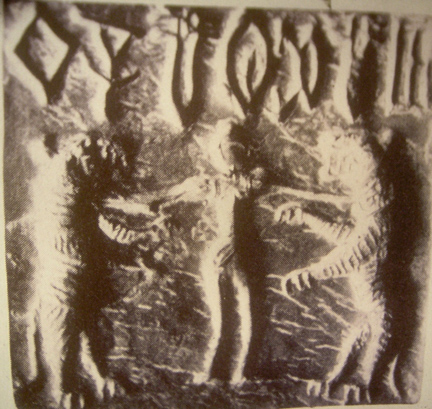




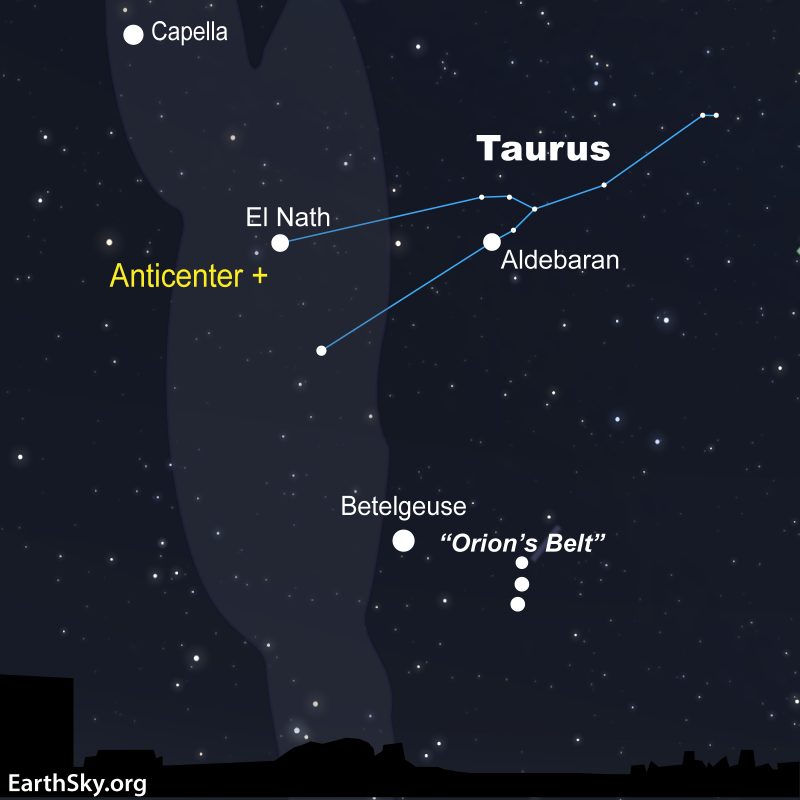
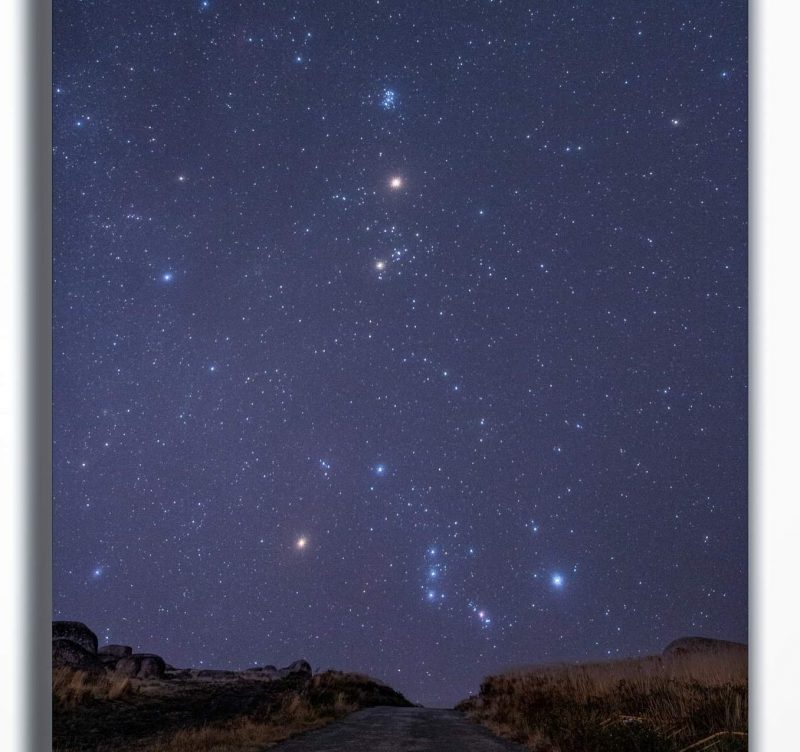



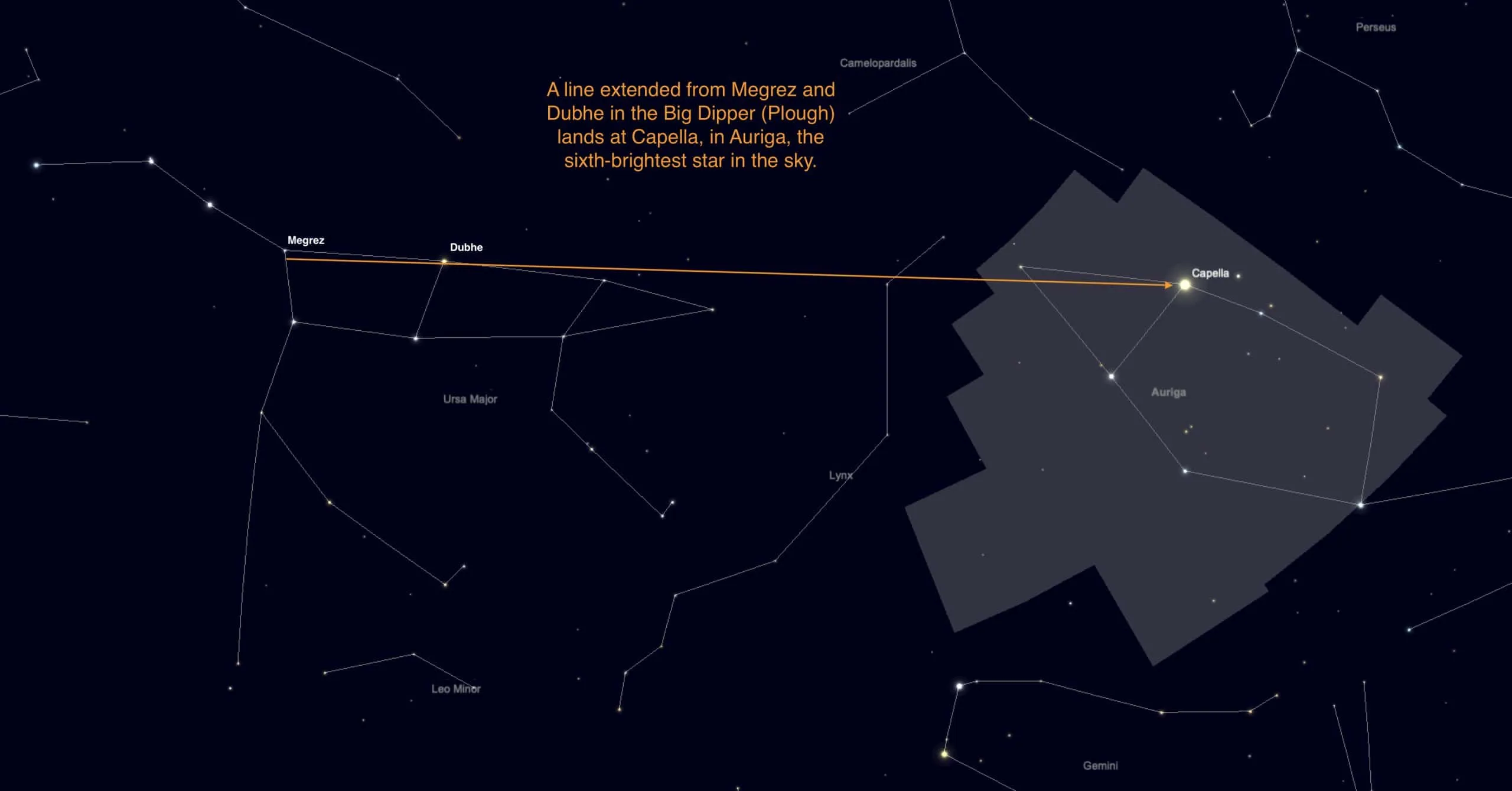



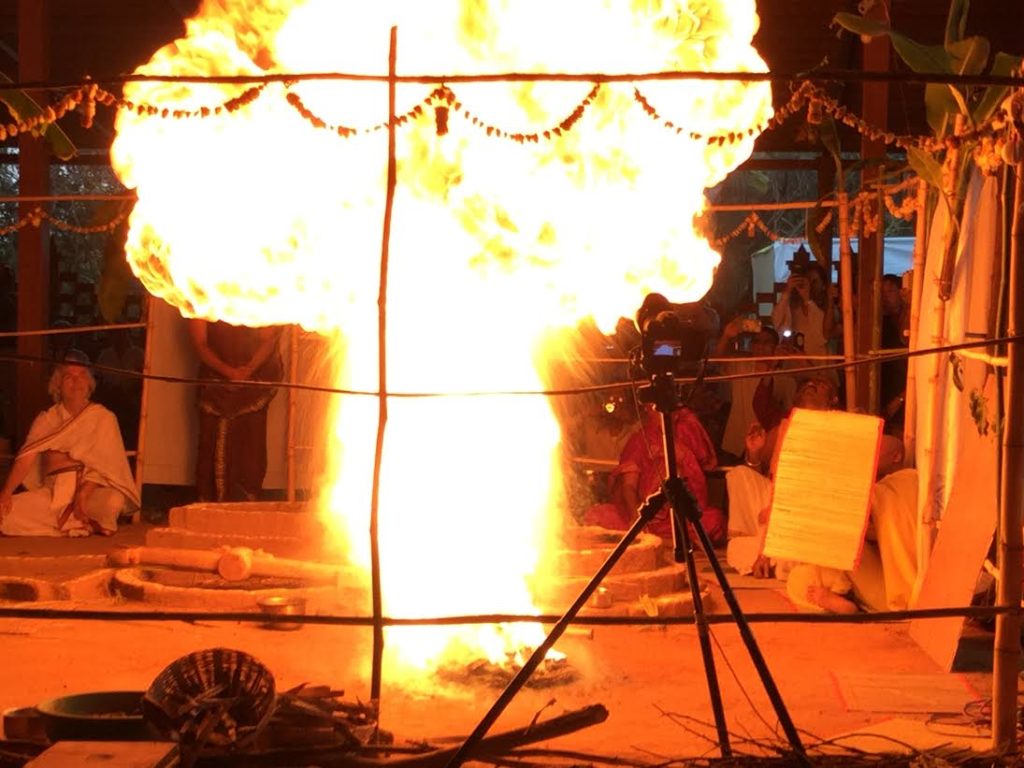













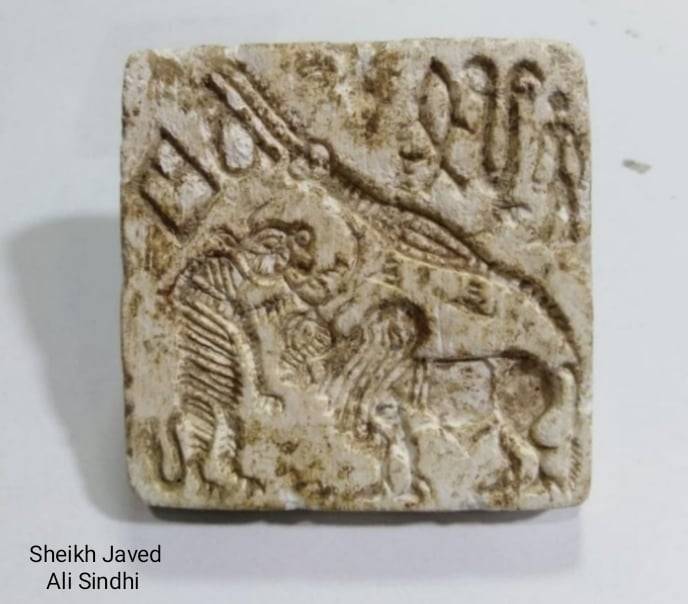








Bookmarks